Discover the benefits of cloth diapering, from newborn essentials to potty training tips. Learn about bamboo inserts, diaper covers, and why cloth is better for your baby and the environment!
About four months ago, we welcomed our seventh baby at home with the help of my midwifery team (a beautiful story for another post). With seven little ones, I’ve experienced all the highs and lows of diapering, and I’ve developed a deep love for cloth diapering. It’s sustainable, safer for your baby, and surprisingly makes potty training quicker—a bonus when running a nine-person household.
Cloth diapering might initially seem overwhelming, but once you get started, it’s a game-changer. Let’s break it down from newborn essentials to the nitty-gritty of inserts, covers, and cloth wipes.
Why Choose Cloth Diapering?
Before diving into the essentials, let’s talk about why cloth diapering is worth considering:
- Sustainability: Disposable diapers can take hundreds of years to decompose, accounting for a significant portion of household waste. Cloth diapers are reusable, reducing waste and environmental impact.
- Safety for Baby: Cloth diapers are free from harsh chemicals, fragrances, and gels often found in disposables. They’re gentler on sensitive newborn skin and can help prevent rashes.
- Cost Savings: While there’s an upfront investment, cloth diapering saves thousands of dollars in the long run—especially if you’re reusing diapers for multiple kids (which I’ve done!).
- Potty Training Perks: Because cloth diapers don’t wick moisture away as efficiently as disposables, kids are more aware of when they’re wet. This awareness often leads to quicker potty training.
Newborn Cloth Diapering Essentials
Starting cloth diapering from birth can feel like a big leap, but having the right gear makes all the difference. Here’s what you’ll need:
- Newborn-Sized Cloth Diapers: Newborns have tiny legs and need snug diapers. Some brands offer specific newborn-sized cloth diapers, while others have adjustable options that can grow with your baby.
- Fitted Diapers: Great for absorbing those constant newborn messes. Pair with a cover for leak protection.
- All-in-Ones (AIOs): These are the most convenient, as the insert and cover are sewn together.
- Bamboo Inserts: Bamboo inserts are a must-have for their incredible absorbency and softness. They’re thin but can hold a surprising amount of liquid, which is crucial for those marathon nursing sessions.
Why Bamboo? Bamboo is naturally antibacterial, hypoallergenic, and absorbs moisture quickly. It’s also more eco-friendly than synthetic options.
- Covers: Cloth diaper covers are the waterproof outer layer that prevents leaks. You’ll want several on hand to rotate through washes.
- PUL Covers: Made from a laminated fabric, these are lightweight and breathable.
- Wool Covers: A natural, eco-friendly option that’s excellent for nighttime. Wool is naturally moisture-wicking and odor-resistant.
- Cloth Wipes: Switching to cloth wipes is a no-brainer if you're already washing diapers. They’re more effective than disposables, cost less, and are kinder to your baby’s skin. Tip: Keep a small spray bottle of water or homemade wipe solution on your changing table to dampen wipes as needed.
- Diaper Pail and Wet Bags: Use a reusable liner to keep dirty diapers contained. Wet Bags: These waterproof bags are perfect for storing dirty diapers when you’re out and about.
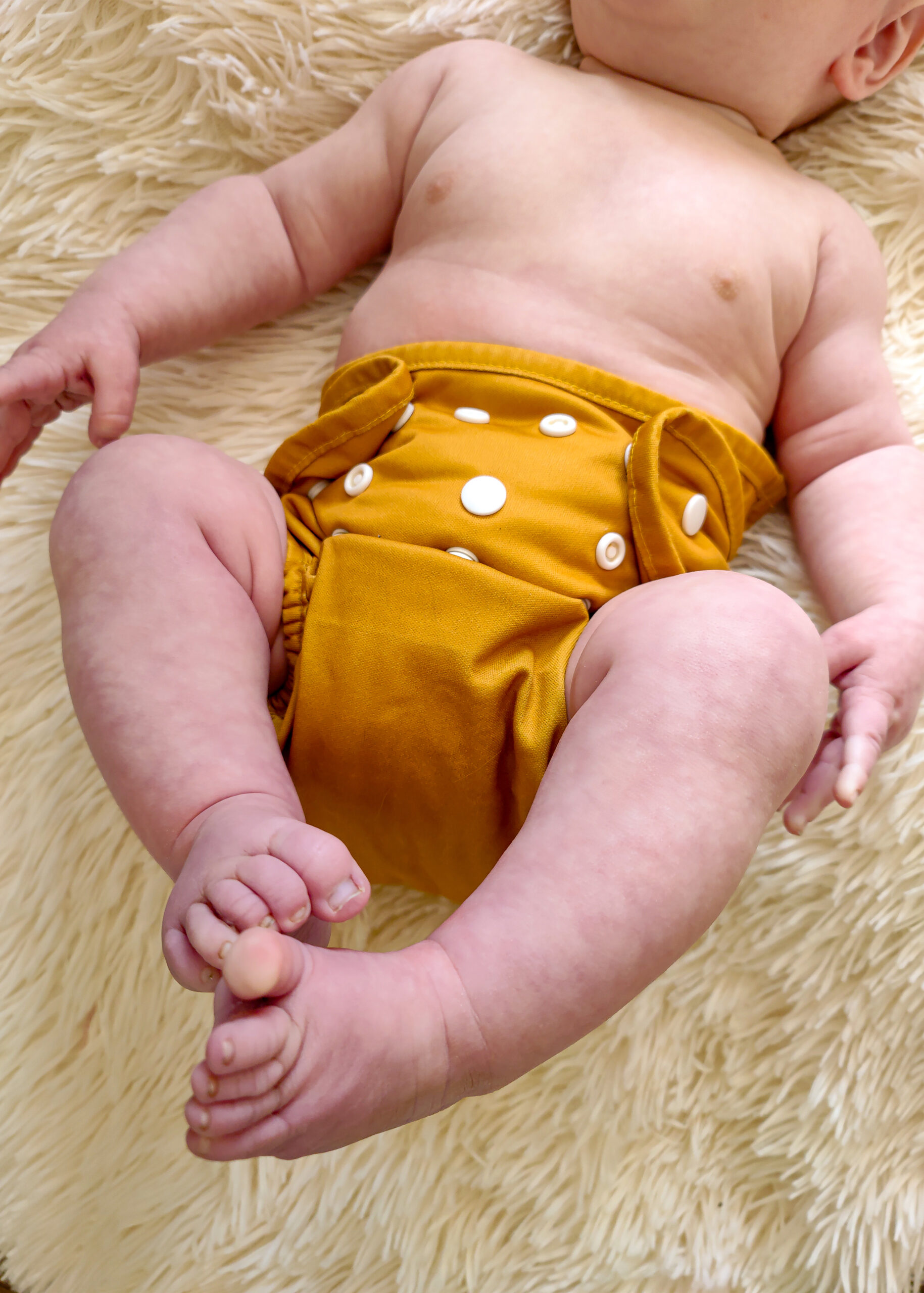
The Types of Cloth Diapers
When starting, one of the most confusing parts of cloth diapering is choosing the right type. Here’s a breakdown:
- Flats: Large, single-layer squares of fabric you fold into a diaper shape.
- Prefolds: Thicker in the middle with pre-stitched folds for easier use.
- Pros: Affordable and quick-drying.
- Cons: Require some skill and a cover.
- Shaped like a disposable diaper but entirely made of absorbent material. Requires a cover.
- Pros: Excellent for overnight or heavy wetters.
- Cons: Takes longer to dry.
3. Pocket Diapers
- A shell with a pocket for stuffing inserts.
- Pros: Customizable absorbency.
- Cons: Requires assembly after washing.
4. All-in-Ones (AIOs)
- The insert and cover are sewn together for a seamless design.
- Pros: Easiest to use, especially for caregivers new to cloth diapering.
- Cons: Longer drying time and more expensive.
5. All-in-Twos (AI2s)
- Similar to AIOs but with a detachable insert.
- Pros: Quicker drying and more versatile.
- Cons: Slightly more work than AIOs.
Washing and Care
One of the biggest questions people have is, “How do you keep them clean?” It’s simpler than you think!
- Pre-Wash: Run a cold rinse to remove solids and prevent stains.
- Main Wash: Use a long cycle with hot water and a cloth diaper-safe detergent.
- Drying: Air-dry to extend the lifespan of your diapers, or tumble dry on low. Inserts can handle higher heat.
- Pro Tip: Sun-dry your diapers whenever possible. The sun naturally whitens and sanitizes fabric.
Bamboo Inserts vs. Other Materials
When choosing inserts, material matters. Here’s how bamboo stacks up:
- Bamboo: Absorbent, soft, and eco-friendly. Best for sensitive skin.
- Cotton: Affordable and natural but less absorbent than bamboo.
- Microfiber: Quick-drying but prone to compression leaks. It is not recommended to touch the baby’s skin directly.
- Hemp: Extremely absorbent but slower to dry. Often paired with other inserts for heavy wetters.
Common Cloth Diapering Concerns
Will It Leak? Cloth diapers can leak if they’re not put on correctly or if the absorbency isn’t enough. Adjust the fit and double up on inserts for heavy wetters.
Is It Hard to Wash? Not at all! Modern washing machines and detergents make the process simple.
What About Stains? Breastfed baby poop is water-soluble, so it washes out easily. For older babies, pre-rinse and sun-dry to tackle stains.
Cloth Diapering and Potty Training
One of the unexpected perks of cloth diapering is how it helps with potty training. Kids in the clothes are more aware of wetness, encouraging them to recognize when to go.
Many cloth-diapering families find their kids are ready to transition to underwear earlier than their disposable diaper-wearing peers.
Cloth diapering isn’t just a way to save money or reduce waste—it’s a lifestyle that prioritizes health, sustainability, and mindfulness. Whether you’re brand new to clothing or looking to expand your stash, the journey is as rewarding as it is practical.
Ready to start? Gather your essentials, explore different diaper types, and give yourself grace as you learn. The more you use cloth diapers, the more you’ll fall in love with their simplicity and benefits—for your baby, your budget, and the planet.

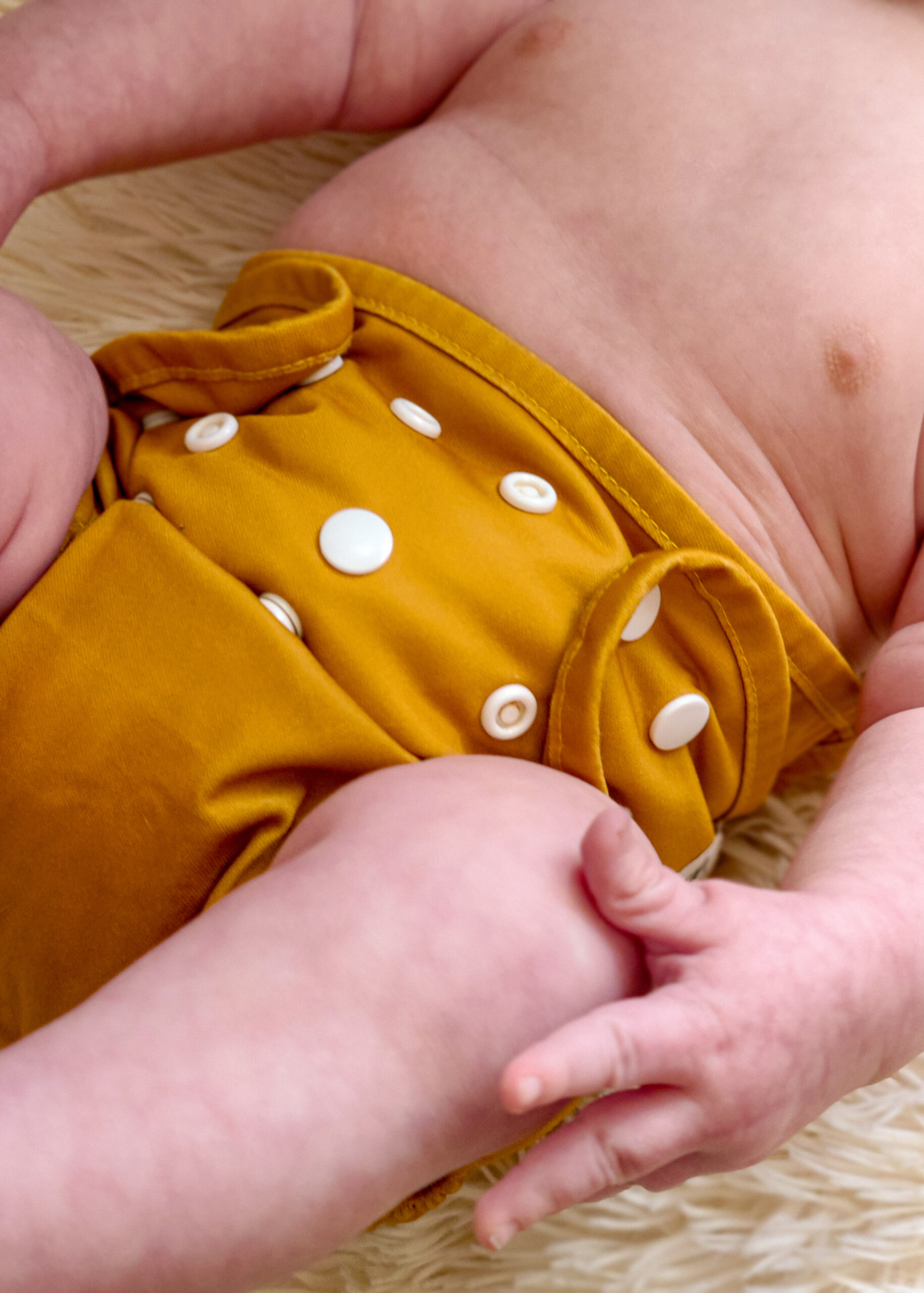
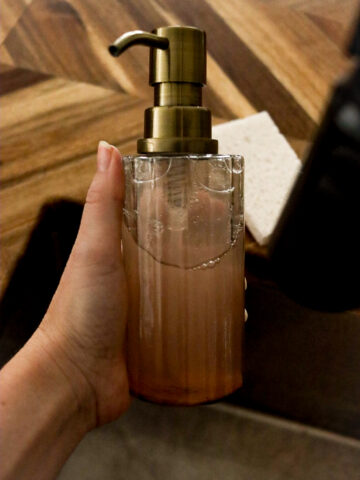
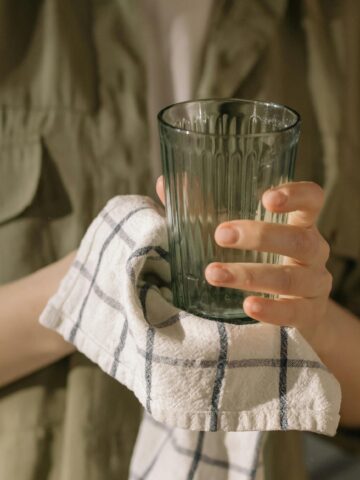
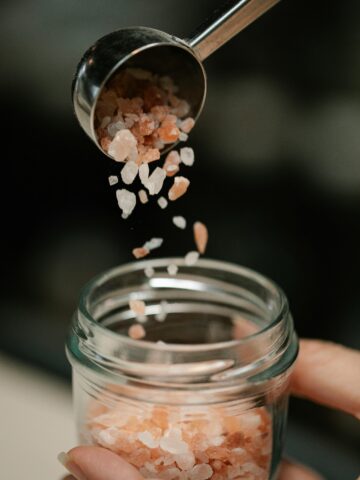
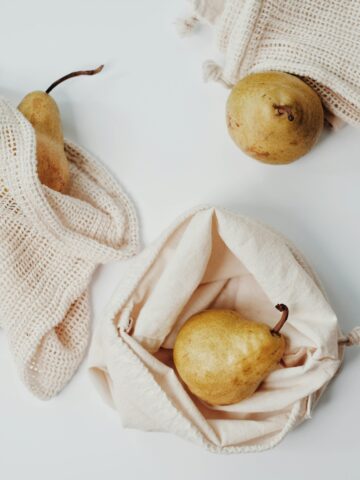
Leave a Reply